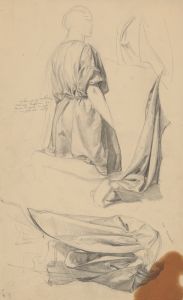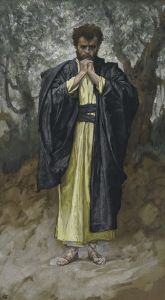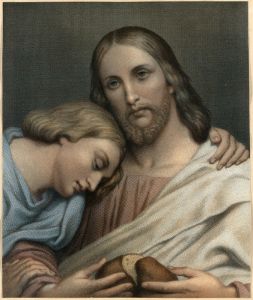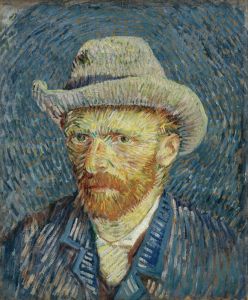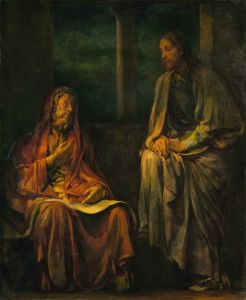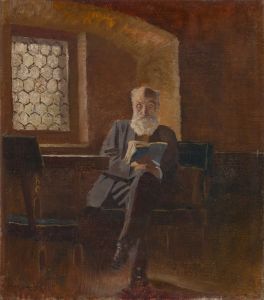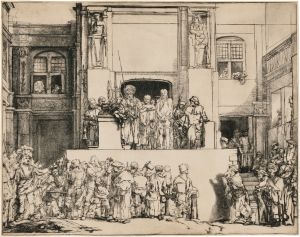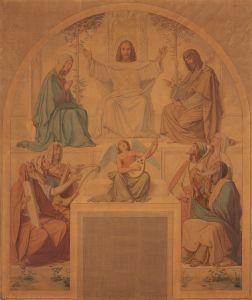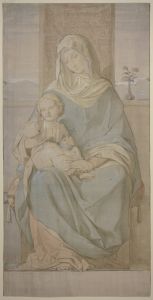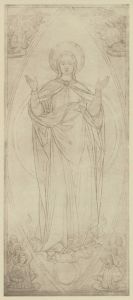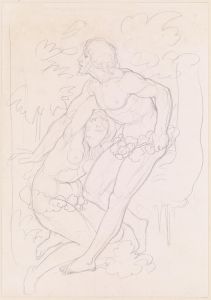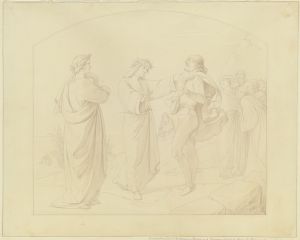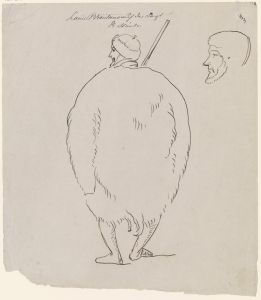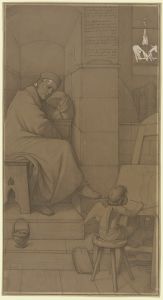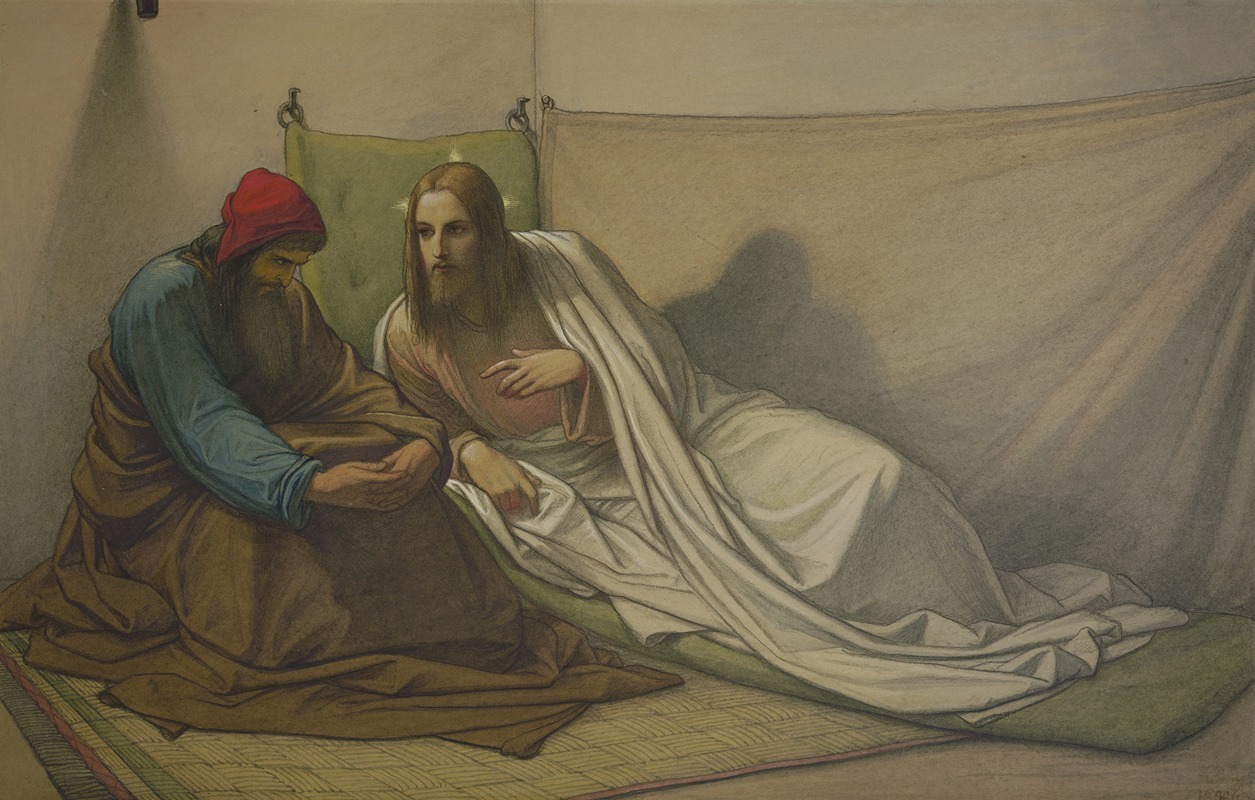
Christ and Nicodemus
A hand-painted replica of Eduard von Steinle’s masterpiece Christ and Nicodemus, meticulously crafted by professional artists to capture the true essence of the original. Each piece is created with museum-quality canvas and rare mineral pigments, carefully painted by experienced artists with delicate brushstrokes and rich, layered colors to perfectly recreate the texture of the original artwork. Unlike machine-printed reproductions, this hand-painted version brings the painting to life, infused with the artist’s emotions and skill in every stroke. Whether for personal collection or home decoration, it instantly elevates the artistic atmosphere of any space.
Eduard von Steinle was a notable 19th-century German painter associated with the Nazarene movement, which sought to revive honesty and spirituality in Christian art. One of his works, "Christ and Nicodemus," reflects the religious and historical themes that were central to his oeuvre. Steinle's work is characterized by its detailed composition, vibrant use of color, and the portrayal of biblical narratives with emotional depth and clarity.
"Christ and Nicodemus" depicts the biblical encounter between Jesus Christ and Nicodemus, a Pharisee and member of the Jewish ruling council, as described in the Gospel of John, chapter 3. In this passage, Nicodemus visits Jesus at night to discuss spiritual matters, leading to a profound theological conversation about rebirth and salvation. This meeting is significant in Christian theology as it introduces the concept of being "born again" and emphasizes the importance of faith in Jesus for eternal life.
Steinle's painting captures this intimate and pivotal moment with a focus on the expressions and gestures of the two figures, highlighting the contrast between Nicodemus's curiosity and Jesus's serene authority. The setting is often depicted as a quiet, nocturnal scene, which underscores the secretive nature of the meeting and the contemplative atmosphere. Steinle's attention to detail and ability to convey complex theological ideas through visual art are evident in his portrayal of this biblical story.
The Nazarene movement, to which Steinle belonged, was founded in the early 19th century by a group of young German artists who sought to return to the spiritual and artistic values of the Renaissance and Middle Ages. They rejected the neoclassical style that was prevalent at the time, favoring instead a more sincere and devout approach to religious art. Steinle's work, including "Christ and Nicodemus," embodies these principles through its emphasis on narrative clarity, emotional expression, and moral instruction.
Eduard von Steinle was born in Vienna in 1810 and studied at the Academy of Fine Arts in Vienna before moving to Rome, where he joined the Nazarene movement. His career was marked by numerous religious commissions, including frescoes and altarpieces, which can be found in churches and public buildings across Europe. Steinle's influence extended beyond his own work, as he also taught and mentored other artists, contributing to the spread of Nazarene ideals.
While specific details about the creation and current location of "Christ and Nicodemus" are not widely documented, the painting remains an example of Steinle's commitment to religious themes and his skill in rendering biblical narratives with both artistic and spiritual depth. His works continue to be studied for their contribution to 19th-century religious art and their role in the broader context of the Nazarene movement.
In summary, Eduard von Steinle's "Christ and Nicodemus" is a testament to the artist's dedication to depicting biblical stories with emotional and theological insight. Through his involvement with the Nazarene movement, Steinle helped to shape a distinctive style of religious art that sought to inspire and educate viewers by returning to the spiritual roots of earlier artistic traditions.





